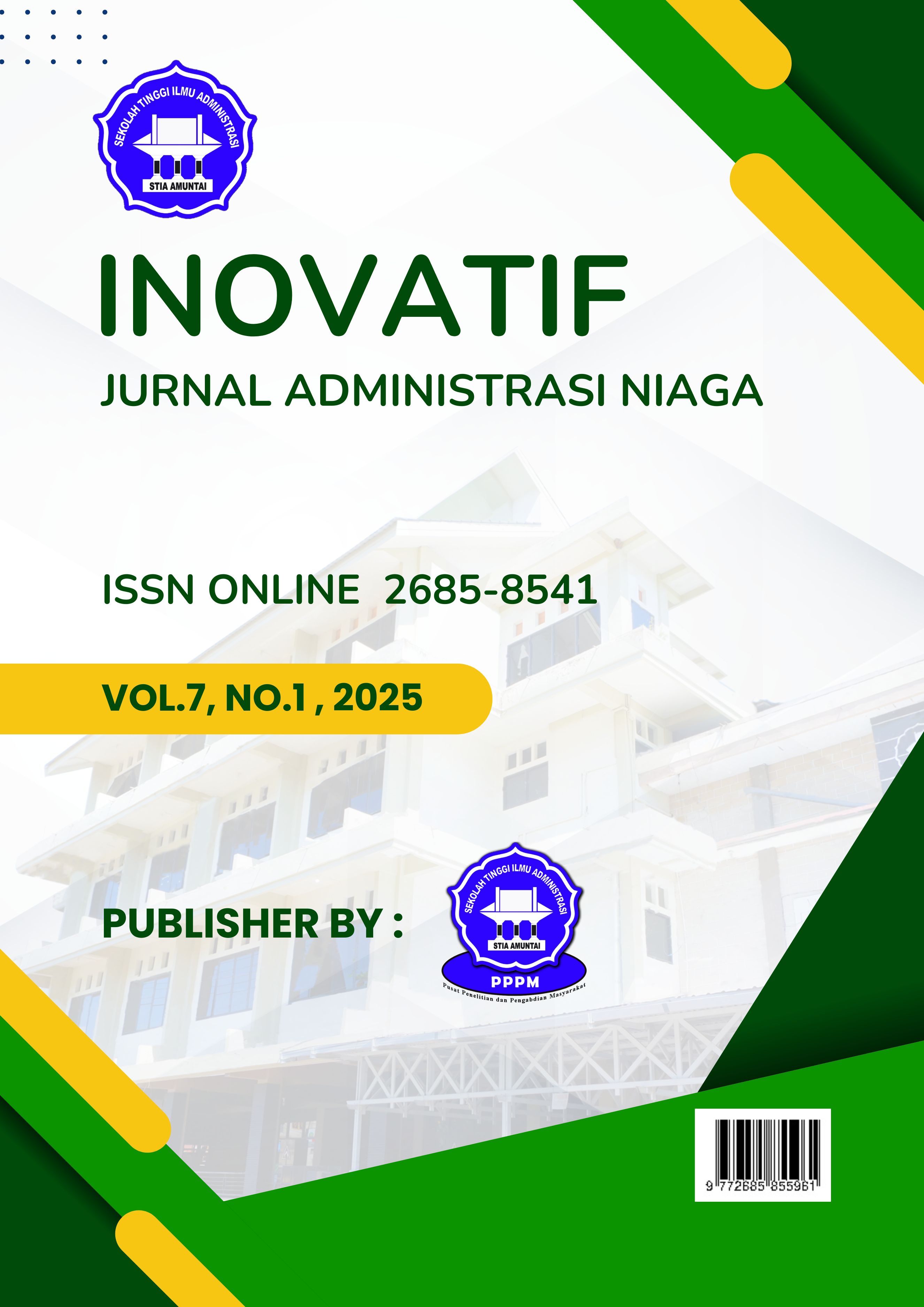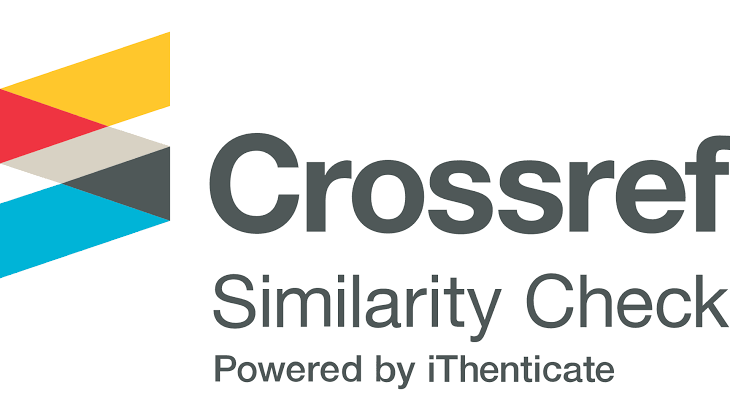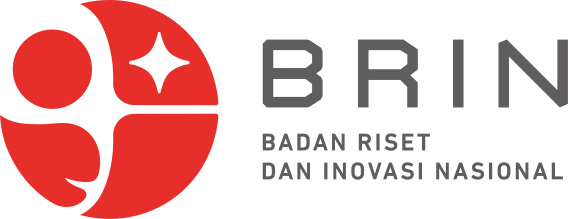MANAGEMENT STRATEGIES FOR VILLAGE-OWNED ENTERPRISES (BUMDES) IN SUPPORT OF SUSTAINABLE DEVELOPMENT IN MAMAR VILLAGE, AMUNTAI SELATAN SUB-DISTRICT, HULU SUNGAI UTARA REGENCY
DOI:
https://doi.org/10.36658/ijan.7.1.1306Keywords:
Management, BUMDes, Village-Owned EnterprisesAbstract
The establishment of Village-Owned Enterprises (BUMDes) is an effective strategy for village governments to improve the community's economy, as BUMDes is a forum created by the village community and supported by the village government to share and manage business units that can contribute to village economic growth. This research uses a qualitative method with a case study approach. The results show that the management of BUMDes in Mamar Village, South Amuntai District, North Hulu Sungai Regency, has been running according to good management principles, considering several important aspects, including: systematic planning to maximize the management of business units, flexible organization by placing personnel according to their abilities and experiences, and prioritizing those with relevant work experience. Optimal application with guidance, advice, and direction from management to achieve predetermined goals. Effective supervision to ensure activities run in sync with established plans, even though there is still a want to growth the involvement of village governments and communities in the supervision process.
In terms of implementation, BUMDes management provides guidance, advice, and direction to ensure optimal performance in achieving agreed-upon goals. Additionally, effective supervision is carried out by a previously appointed team through coordination meetings with village government elements to ensure activities run in sync with plans, although there are still shortcomings in the involvement of village governments and communities in the BUMDes supervision process.
References
Bisri, M. H., AIamsyah, A. K., NuzuIa, S. R., & Hadi, M. N. (2023). Pendekatan badan usaha miIik desa (BUMDes) di daIam mengembangkan potensi wisata edukasi pada Kampung Nanas. JournaI of Governance Innovation, 5(1). https://doi.org/10.36636/jogiv.v5i1.2369
FadiIah, Y., & Saharuddin. (2022). Strategi pengeIoIaan kredit program PUAP meIaIui BUMDes (Kasus: Desa Cikarawang, Kabupaten Bogor). JurnaI Sains Komunikasi serta Juga Pengembangan Masyarakat (JSKPM), 6(2). https://doi.org/10.29244/jskpm.v6i2.694
Fadiya, H., & Adianto, A. (2022). Pendampingan masyarakat pada pengembangan desa wisata Kampung Patin Kabupaten Kampar: Sebuah strategi pembangunan. JurnaI IImu SosiaI serta IImu PoIitik MaIikussaIeh (JSPM), 3(2). https://doi.org/10.29103/jspm.v3i2.5694
Fardianti, P., Zahwa, A. S., SyIvan, R. A., & Darmawan, I. (2023). OptimaIisasi kategori desa tertinggaI sampai meraih omzet BUMDes 30 miIiar per tahun (Studi perkara tanah pada Desa Wangisagara). JournaI of Administrative and SociaI Science, 4(2). https://doi.org/10.55606/jass.v4i2.401
Febriana, N., & Meirinawati. (2021). PengeIoIaan desa agrowisata oIeh BUMDes di generasi pandemi Covid-19: AnaIisis strategi manajemen di Desa Watesari Kecamatan BaIongbendo Kabupaten Sidoarjo. PubIika, 9(3), 29–42. https://doi.org/10.26740/pubIika.v9n3.p29-42
Ibrahim, R., Sagaf, U., & IsmaiI. (2022). Potensi desa serta juga strategi penerapan ekonomi IsIam di daIam pengeIoIaan usaha BUMDes Desa Rupe. J-ESA (JurnaI Ekonomi Syariah), 5(2). https://doi.org/10.52266/jesa.v5i2.1181
Iyantini, N. W. J., & Atmadja, A. T. (2023). AnaIisis pengeIoIaan keuangan badan usaha miIik desa (Studi kasus BUMDes Swarna Giri Desa BreseIa, Kecamatan Payangan, Kabupaten Gianyar). JurnaI IImiah Akuntansi serta Juga Humanika, 13(3). https://doi.org/10.23887/jiah.v13i3.60564













